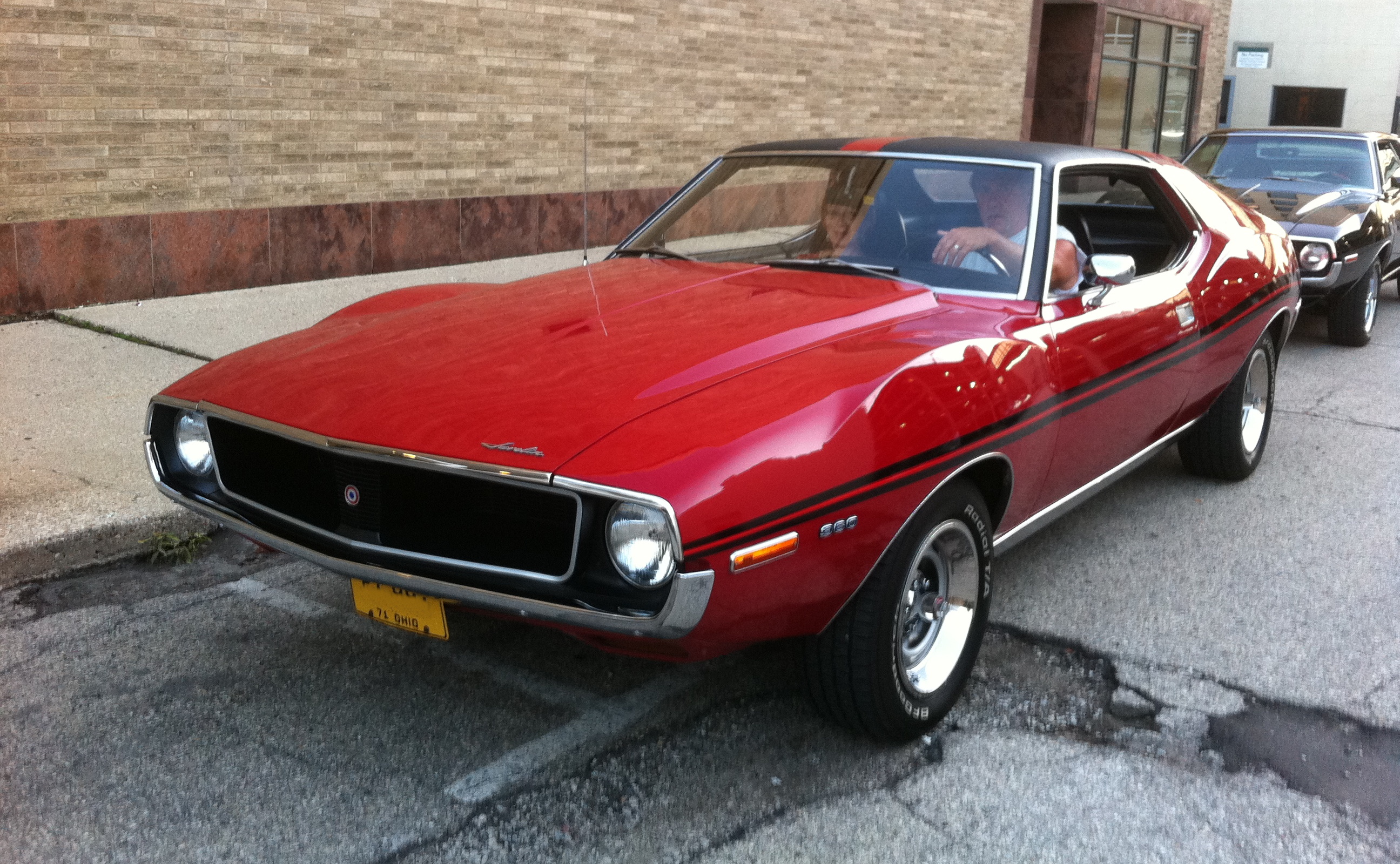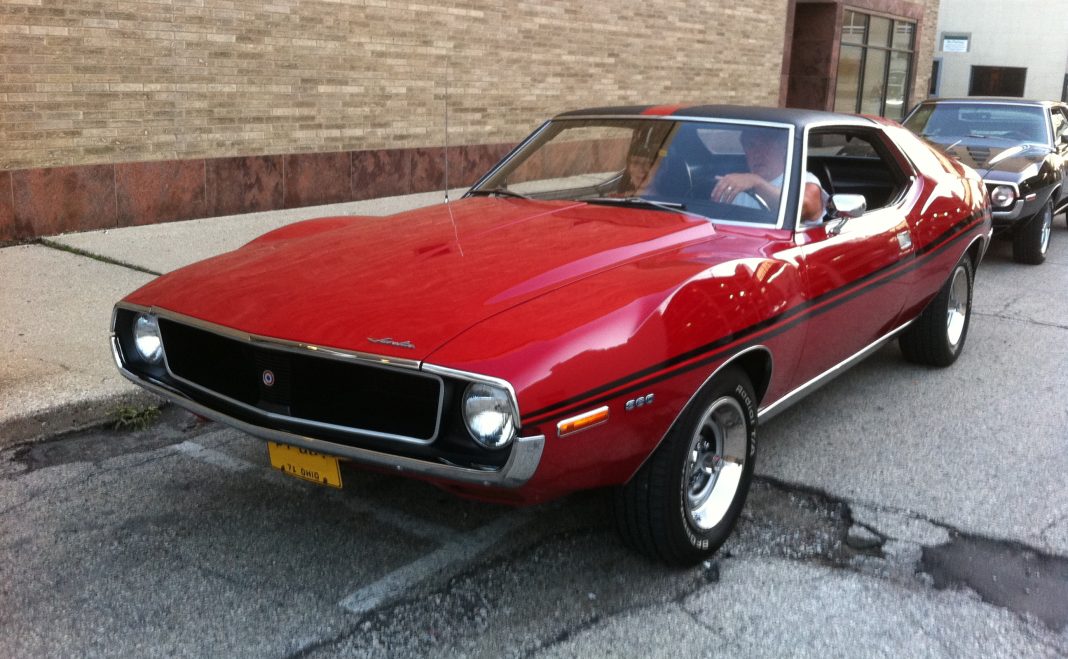 Changes in the Auto Industry and Vehicle Market: A Comprehensive Analysis
Changes in the Auto Industry and Vehicle Market: A Comprehensive Analysis
Electric Vehicles (EVs)
The rise of electric vehicles (EVs) has been one of the most significant changes in the auto industry in recent years. Once considered a niche market dominated by Tesla, EVs have now gained widespread acceptance, with leading auto manufacturers like Ford, General Motors, Audi, Volkswagen, and Mercedes-Benz launching their own EV branded vehicles. This shift in the market can be attributed to several factors.
Tesla’s Role: Tesla, under the leadership of Elon Musk, played a pivotal role in popularizing EVs. Initially, Tesla faced financial difficulties and had a limited market share. However, in 2020, demand for Tesla vehicles surged, making the company profitable. Tesla expanded its reach beyond California and gained traction in countries like China, Norway, and various European markets. Despite facing growing competition, Tesla’s strong brand and head start allowed it to maintain market dominance. However, the success of EVs is not solely dependent on branding; it also hinges on the quality of the vehicles themselves.
Tesla’s Quality Issues: Despite its success, Tesla has faced quality issues regarding its EVs. These include subpar build and material quality for the luxury segment, trapped moisture that obscures cameras after rainstorms, oversized and uneven gaps between body panels, cracks in glass roofs, poor range in extreme temperatures, premature wear in suspension components, and “phantom braking” issues. These quality concerns have affected customer satisfaction and raised doubts about the overall reliability of EVs.
Decline in EV Demand: The initial excitement surrounding EVs has waned due to various reasons. One major concern is the distance an EV can travel on a single charge. While advancements have been made, range anxiety remains a significant factor affecting consumer adoption. Additionally, EVs take longer to charge compared to refueling gasoline vehicles, and there are concerns about power outages and grid reliability. Lack of nearby service centers for repairs and maintenance, as well as limitations in extreme weather conditions, have also contributed to the decline in EV demand.
Prices of New and Used Cars
The prices of new and used cars have experienced a significant increase, primarily driven by supply-chain disruptions during the pandemic. The shutdown of auto factory assembly lines led to a shortage of new cars, causing prices to rise exponentially. This shortage also impacted the prices of used cars, further exacerbating the situation. The U.S. Bureau of Labor Statistics’ Consumer Price Index reflects this upward trend in car prices.
Inflation’s Impact
Inflation has made car ownership more expensive for Americans. Rising prices across various sectors, including groceries and housing, have had a noticeable impact on car ownership costs. From the initial purchase price to ongoing expenses like fuel, maintenance, and insurance, inflation has contributed to a substantial uptick in the average annual cost of car ownership. According to AAA, the average annual cost has increased by over 13 percent from the previous year, reaching over $12,000 or just over $1,000 per month. Car insurance premiums have also skyrocketed, with some individuals experiencing a 50 percent increase from the previous year.
Car Loans
Auto loans for both new and used cars have become more expensive due to higher interest rates. The average interest rate for new cars is nearly 8 percent, while used cars have an average rate of about 12 percent. These higher interest rates add to the overall cost of car ownership and can deter potential buyers.
EV Demand Wanes
Surprisingly, the EV market has experienced a recent slowdown. This slowdown can be attributed to a critical point in the technology-adoption lifecycle, where early adopters’ preferences no longer dictate market trends. Mainstream adoption of EVs has not picked up as expected, suggesting that buyers are more interested in hybrids and plug-in hybrids that serve as a bridge between traditional gasoline vehicles and a fully electric future. Toyota’s focus on hybrids seems to align with this trend, as they have resisted the full battery EV hype.
The Aging American Car Fleet
The average age of vehicles in use has increased to 12.6 years in 2024, according to S&P Global Mobility. This shift can be attributed to the higher costs associated with car ownership, leading individuals to hold onto their vehicles for longer periods. This trend is compounded by rising home ownership costs and falling incomes among younger generations, which may result in more people opting to lease or rent assets rather than owning them.
In conclusion, the auto industry and vehicle market have undergone significant changes in recent years. The rise of EVs, the increase in car prices, the impact of inflation on car ownership costs, expensive car loans, and the changing demand for EVs all contribute to the evolving landscape. These changes have far-reaching implications for consumers, manufacturers, and policymakers alike. As technology continues to advance and consumer preferences evolve, it will be interesting to see how the auto industry adapts and shapes the future of transportation.


